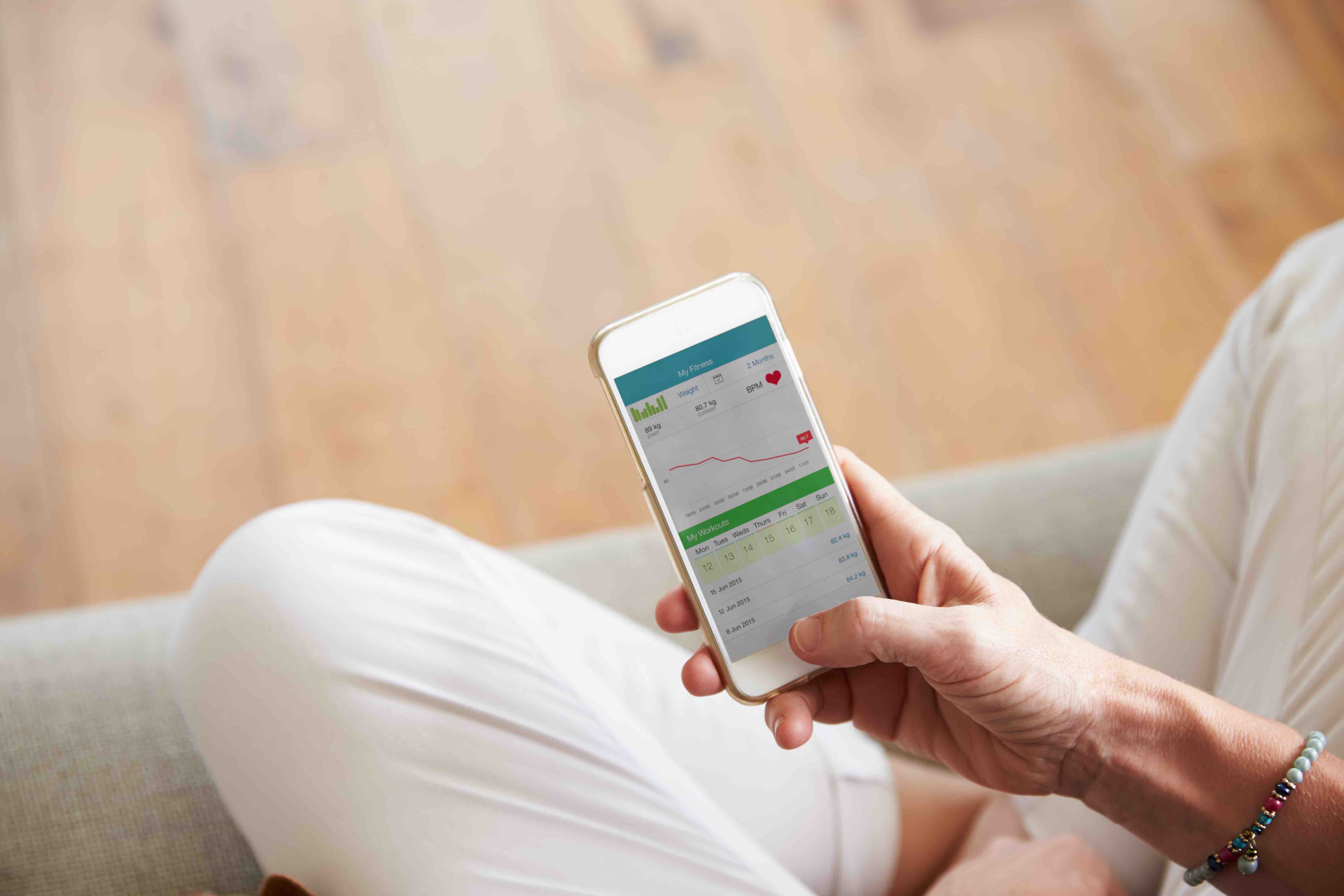Healthcare technology adoption is on the rise. While other industries have seen a rapid technology takeover in recent years, healthcare facilities have been a bit slower to jump on board. But they’ve now reached a crucial juncture that requires them to start implementing healthcare IT or be left behind. The good news is that the intersection of IT and healthcare is transforming the quality of patient care.
Healthcare technology not only gives care providers the ability to streamline processes and offer more efficient care, but it also allows them to personalize the care delivered. Considering how many different health facilities a patient might visit in a given year (e.g., doctor’s office, medical laboratory, pharmacy, hospital, dentist, vision center, and health clinic), anything a facility can do to modernize and improve the patient experience is a step in the right direction. If you need more convincing, here are 3 important ways IT is improving the quality of healthcare:
Creating More Accessible Health Records
Healthcare technology solutions, such as digital data collection platforms or electronic record management tools, are allowing health facilities to create and maintain highly accessible health records. This means patients and care providers have quick and easy access to health forms and personal medical information, which can vastly improve the care provided and the overall patient outcomes. For instance, the electronic collection and storage of health data gives patients the ability to update and submit their information from a mobile, tablet, or desktop device. It also allows patients to easily review their information, which helps with engagement and ensures each person is a key player in his or her own health plan.

Additionally, collecting patient registrations or medical history information via an online system makes it easier for health professionals to quickly review and evaluate a patient’s health status. If doctors and other providers don’t have to wait for new data to be manually entered into an electronic system, they can make informed decisions right away about a patient’s health needs—which, ultimately, means they can provide better healthcare with fewer complications.
Streamlining Critical Processes
One of the biggest benefits of healthcare IT is its ability to streamline processes. Healthcare is a fast-paced industry, but it involves a lot of tedious data-gathering processes that can seriously slow down the delivery of care. Luckily, IT solutions like online forms can help health facilities automate administrative tasks and free up time for health providers and other personnel to focus on quality care. The end goal for everyone in healthcare should be to create positive, seamless patient experiences across every touchpoint. The best way to reach that goal is through the use of healthcare technology.
For example, allowing patients to submit electronic updates to their medical history eliminates the need for a staff member to manually enter the updates from a paper form. This, in turn, allows the updated information to get into the system sooner, which helps doctors instantly provide more personal and relevant care. According to the Accenture Digital Health Technology Vision, using technology in the health arena is “...not about replacing people; it’s about allowing people to work more efficiently, and where they are needed most.”
Increasing the Accuracy of Data Collection
Using technology to collect patient data can be a bit scary when you consider the need to remain HIPAA compliant. But as long as you are using the right tools, the benefits far outweigh the risks.
One such benefit is that information collected online is more accurate than information collected via paper forms. A key reason for this is that handwritten information typically has to be manually entered into an online system after it is submitted, which opens the door for transcription errors.
Additionally, handwritten information can be hard to decipher depending on a person’s penmanship. Online data collection platforms often have built-in verification features that won’t allow inaccurate or incomplete information to be submitted. This is a major plus for health facilities since maintaining accurate patient records is extremely important. Inaccurate data can lead to costly errors, so technology that helps avoid these downfalls is indispensable.
Formstack’s online data management platform can help your facility get in the healthcare IT game. Click below to view our webinar with Dr. Check Webster and learn more about improving your healthcare workflows with online forms.











